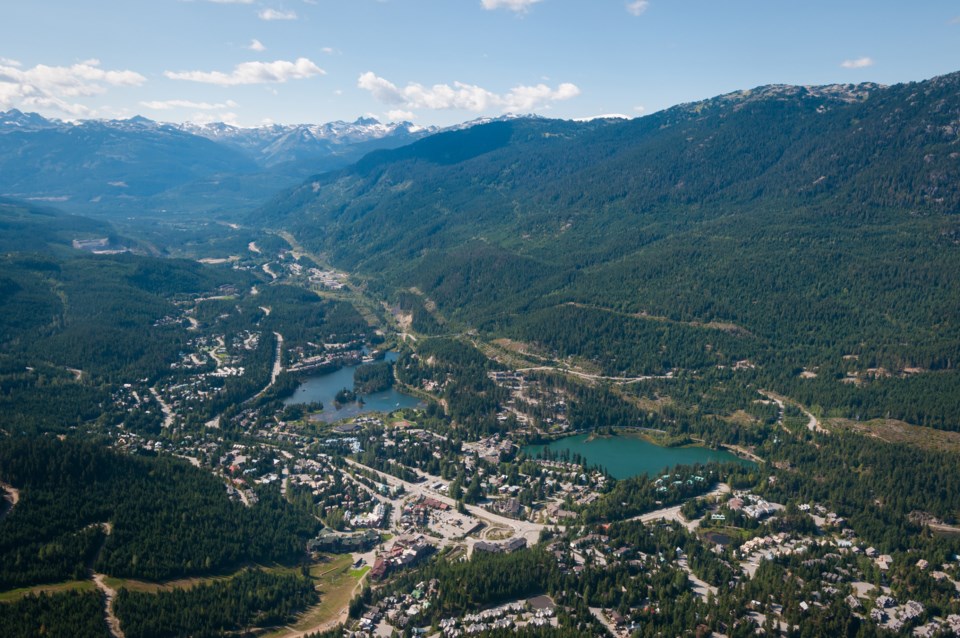This letter was addressed to Whistler’s mayor and council, and shared with Pique.
I am very concerned about the safety of people getting around Whistler. We have a transportation network that is very dangerous.
Based on ICBC stats from the past five years (that includes low-traffic COVID years), Whistler is a very dangerous place to get around. How dangerous? In total, there were 1,012 crashes involving motor vehicles, and 258 crashes that involved injury or fatality.
That’s 258 lives changed.
It is beholden upon you, our elected officials, to work with the data, and structure policy accordingly.
Every week, someone in Whistler is actually injured by a licensed and insured ICBC customer. One per week!
If you are to take the safety of Whistler residents seriously, you would 100-per-cent be looking at ways to reduce crashes and injuries on our roads, involving cars.
As our town’s leaders, please focus your precious “safety” oxygen on the real danger to our residents: CARS!
There is so much data and information available from around the world on how to deal with improving mobility choices. To hear Councillors [Cathy] Jewett and [Arthur] De Jong argue that more education and enforcement is necessary shows how out of touch they are with the rest of the real world. I challenge council and RMOW staff to provide one study that proves that education and enforcement improve transportation safety.
Never one to come without solutions—and if you are sincere in your desire to make transportation in Whistler safer—I propose the following.
Start with intersections you know are injuring people, i.e.: There have been 38 crashes and eight people injured at the intersection of Blackcomb Way and Lorimer Road. Build a safer intersection. Then move to the next most dangerous intersection.
Create a network where e-bikes can be separated from cars, and pedestrians—there are hundreds of examples that prove that this does work to increase biking, and keep people safer.
And when local residents come to you with safety concerns about e-bikes, please tell them:
“I share your safety concerns, and we are looking at the data and we are reacting accordingly. While e-bikes might scare you, they are not statistically dangerous, plus we need to make it safer and easier for them to get around. Anything we do to slow and impede biking, goes contrary to our stated transportation goals and our climate goals.
“We’ve been slow to respond, and don’t yet have a vision for a better future, but we’re working on it … We are actively looking at ways to improve speed and safety for bikers in and around the village and rest of the valley. Our goals is to have car trips replaced with e-bike trips, which will make our town much safer and healthier.”




